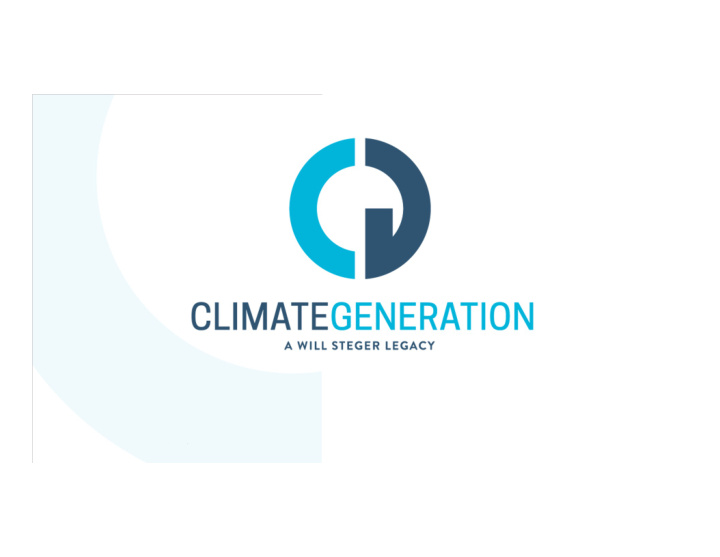



Next Generation Climate Next Generation Climate Grades 6-8 Supports NGSS Lots of graphs and tables Argumentation, Questioning
Next Generation Climate http://www.climategen.org/ngc
NGC Performance Expectations
Lesson Essential Questions Lesson 1: What evidence is there to show there is a rise in global temperature? Lesson 2: What factors have caused the rise in global temperature over the last century? Lesson 3: What are the repercussions of the rise in global temperature? Lesson 4: What would you need to monitor the repercussions of the rise in global temperature? Lesson 5: In what ways can the repercussions of climate change be minimized ? Lesson 6: How can you design a method for monitoring and minimizing climate change?
Why NGSS? Includes climate change as a core concept for the first time on a national curriculum NGSS performance expectations represent the final assessment of learning and therefore cannot fully develop a student’s full mastery. True NGSS instruction and learning is three dimensional- including: Core ideas (DCI) Cross cutting concepts (CCC) Scientific and engineering practices (SEP)
Introduction: What’s happening to global temperature? What are clarifying questions? Clarifying questions: expands on understanding the information is is presented • Who collected this data? • When was it collected? • Does it represent what it’s supposed to? • Who funded the research?
Introduction: What’s happening to global temperature? Global Land and Ocean Temperature Anomalies Graph Global Land and Ocean Temperature Anomalies Graph This graph shows temperature change from average Take a look at your graph Write down • 3 things you notice • 3 Clarifying questions Share https://www.climate.gov/news-features/understanding-climate/ climate-change-global-temperature
Introduction: What’s happening to global temperature? Discussion about the graph sections Find a group of 5 to join up with based on your graph section number
Introduction: What’s happening to global temperature? Why is it important to look at this graph as a whole? Why is it important to look at change over time? • http://www.skepticalscience.com/graphics.php?g=47
What are the indicators of the rise in global temperature? Besides looking at a thermometer, what are things you see/hear/smell that indicate changes in temperature?
What are the indicators of the rise in global temperature? Each group will get 1-2 figures to look at Find Temperature Indicators student worksheet Study your figure, discover what indicators are shown, answer questions to help clarify and ensure the evidence is reliable Read your figure’s explanation, to help add to your answers
Conclusion: What are the indicators of the rise in global temperature? Present to the group Walk around the room and look at the other figures What can we learn from multiple lines of evidence? What conclusions can you draw? These figures, when put together, provide evidence for __________. What data is missing? Is there anything you would like to know?
Activity Feedback How was the progression? Questions? Other feedback? Would you like to look at other lessons or curricula?
Other Resources
Climate Literacy & Energy Awareness Network ● CLEAN Collection : an online database of CLEAN Collection over 700 free, peer-reviewed, and ready- to-use educational resources, including learning activities, visualizations, videos, and short demonstrations/ experiments, for teaching about climate and energy. ● CLEAN Network : a professionally diverse CLEAN Network and active community of over 650 members committed to improving climate and energy literacy since 2008. www.cleanet.org
Reflection time Could you implement this in your classroom? When? How long would it take? Do you need anything? How could we help? What about the other lessons?
Recommend
More recommend